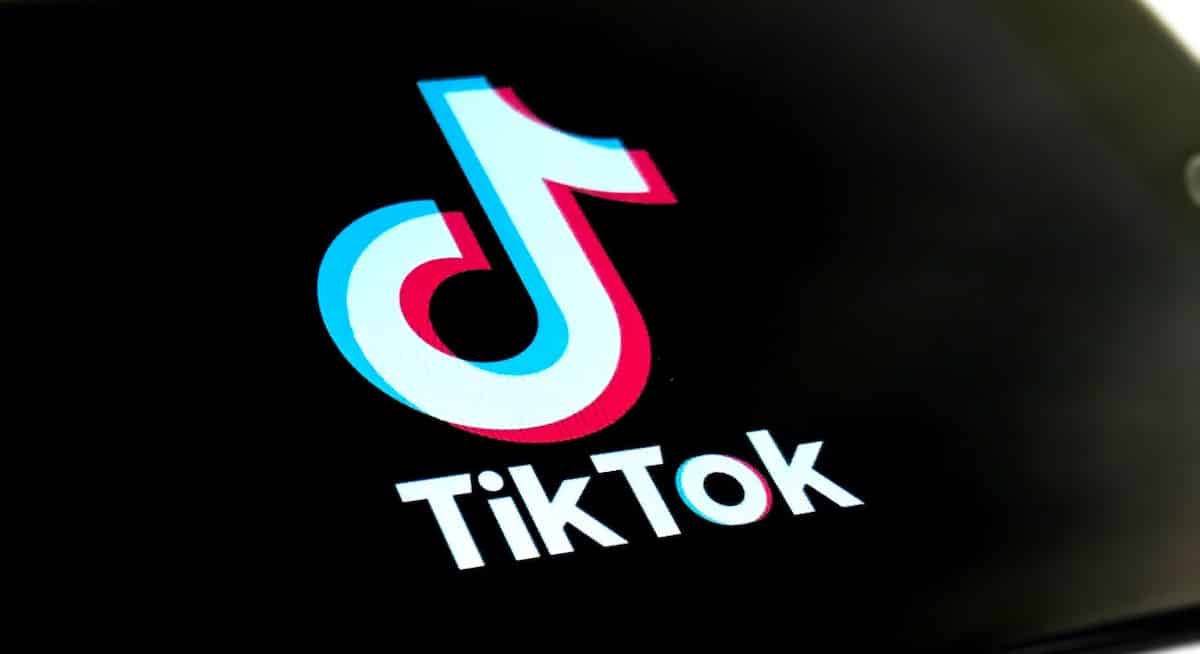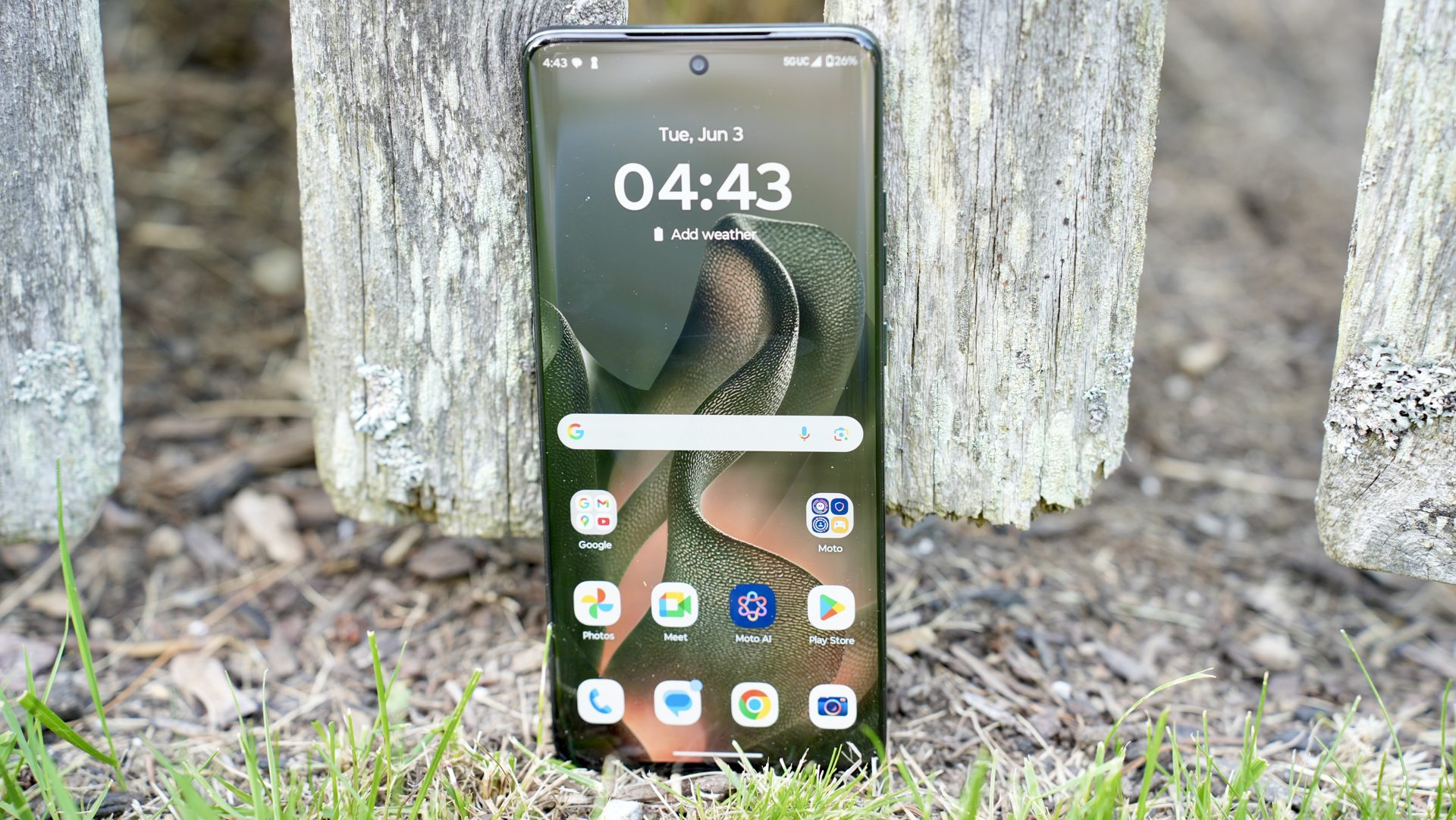TikTok may finally escape U.S. bans with a new agreement.
Key details:
– TikTok has finalized a deal to transfer part of its U.S. operations to a joint venture mainly led by American investors.
– The transaction is scheduled to close on Jan. 22, 2026, with the arrangement granting U.S. investors complete control over TikTok’s algorithm and app operational decisions.
– It remains unclear if this arrangement satisfies the stipulations of a congressional bill that prohibits the app, or whether China will officially approve the deal.
Over a year since Congress enacted a law mandating the divestment of TikTok’s U.S. operations, the company has executed an agreement to establish a joint venture overseen by American investors, according to Axios. The closing date for the TikTok sale is Jan. 22, 2026, and barring any obstacles, the widely-used social media service could transition to new ownership within about a month. If you’re a TikTok user based in the U.S. curious about the implications for the app, you’re in the right spot.
The deal was revealed internally by TikTok CEO Shou Chew in a memo accessed by several news outlets. The TikTok head reportedly stated that there is “more work to be done” before the closing date, despite the preliminary agreement being finalized. The new joint venture would allocate partial ownership of TikTok’s U.S. assets to Oracle Corporation, Silver Lake, and MGX.
In this new TikTok venture, Oracle, Silver Lake, and MGX will collectively own 15% of the new entity, while ByteDance retains 19.9% ownership. Another 30.1% is expected to be held by affiliates of existing ByteDance investors. The agreement aims to establish a seven-member board of directors for the new TikTok joint venture, predominantly featuring American members.
Chew outlined the details of the agreement in the reported memo (via ABC News):
“Following the Executive Order signed by U.S. President Donald J. Trump on September 25, 2025, the accords dictate that the U.S. joint venture will be primarily owned by American investors, overseen by a new seven-member board of directors with a majority of American members, and subjected to stipulations that safeguard Americans’ data and U.S. national security.”
This new agreement represents the conclusion of a protracted process that involved a congressional bill detailing the requirements for the divestment of TikTok’s U.S. operations. Should a deal not materialize, the law mandated a nationwide prohibition. However, the bill also empowered U.S. President Donald Trump to navigate and approve the terms for a sale. TikTok faced a temporary ban in the U.S., but Trump also enacted several executive orders extending the timeline for a sale or ban.
With a deal now secured, here’s what we know about its impact on users.
Changes for TikTok users:
One major concern from the U.S. government regarding TikTok is the potential influence of its algorithm on the public. Currently, TikTok is owned by the Chinese firm ByteDance. As part of the sale, the joint venture will reportedly take charge of the TikTok algorithm, addressing these concerns.
The new company will retrain “the content recommendation algorithm on U.S. user data to ensure the content feed is free from outside manipulation,” as per Chew’s memo. Furthermore, the joint venture will possess “ultimate decision-making authority for reviewing and approving all content moderation and related policies within the United States.”
In simpler terms, if you’re located in the U.S., your TikTok feed could start changing early next year — if the deal finalizes as anticipated.
The agreement also requires that U.S. user data be stored in a “trusted and secure cloud environment in the United States operated by Oracle,” according to the memo.
Next steps for the planned TikTok sale:
The closing date for TikTok’s sale is approaching next month, but several questions must be resolved for that to occur.
Most critically, analysts suggest that China may intervene to prevent the deal from closing. Previously, U.S. President Trump indicated that Chinese President Xi Jinping had approved the deal, although this has not been officially verified by the Chinese authorities. Additionally, it remains uncertain whether the signed agreement complies with the requirements of the congressional bill that bans TikTok.
If all goes as expected, TikTok users in the U.S. could begin experiencing a different algorithm next month.
Read More



![Evaluation of MagSafe Battery Pack: An Answer to Substitute Various Chargers [Video]](https://allyoucantech.com/wp-content/uploads/2025/12/evaluation-of-magsafe-battery-pack-an-answer-to-substitute-various-chargers-video.jpg)




